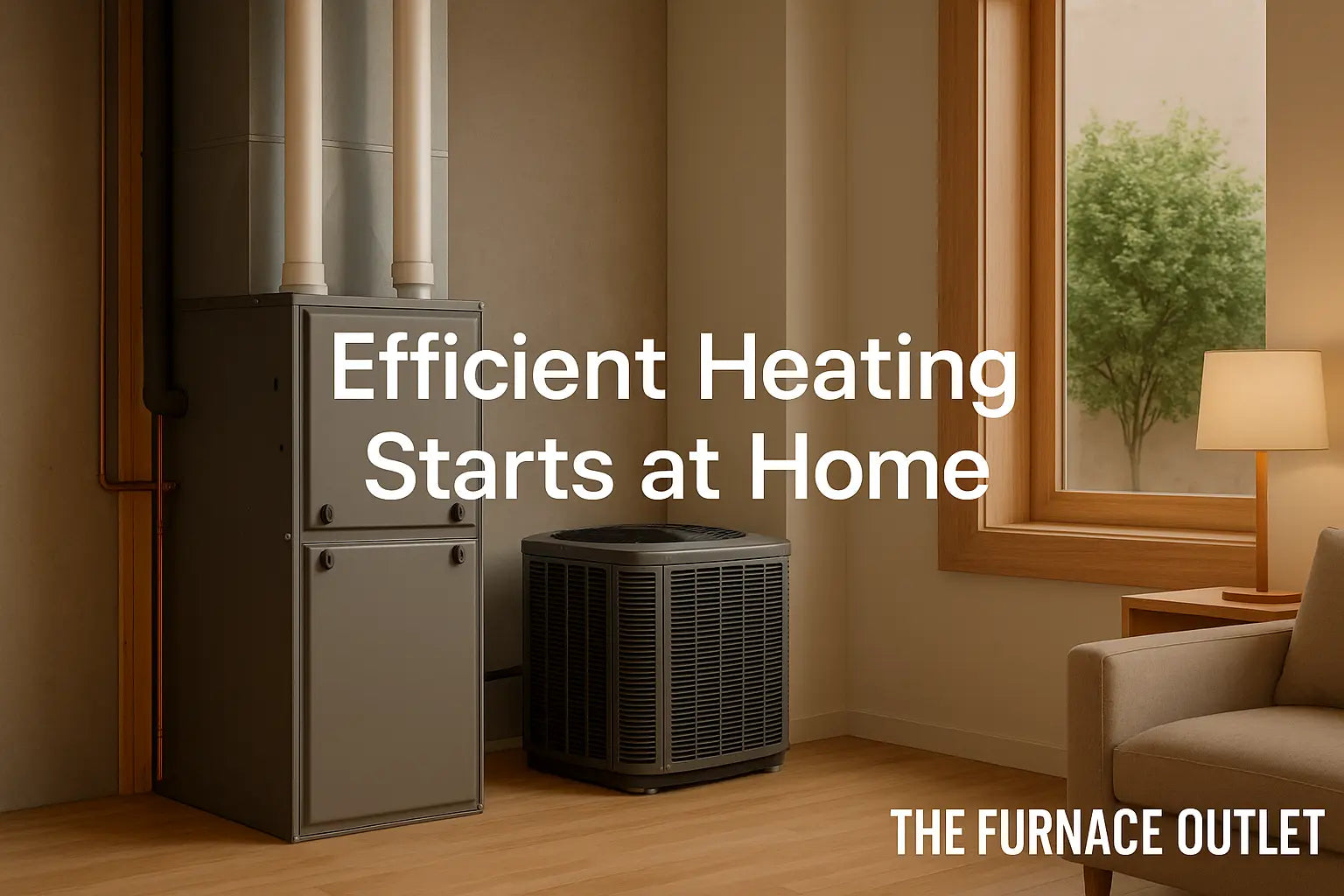Key Takeaways
-
Use 20 BTU per sq. ft. to size your AC correctly.
-
Window units are great short-term; TTW units suit long-term use.
-
TTW models seal better and cut cooling loss by 10–15%.
-
Sunny rooms need more BTUs or a shaded install spot.
-
Window units are DIY-friendly; wall installs usually need a pro.
Why Picking the Right AC Type Saves Money
A bedroom that never cools or a power bill that spikes every July is more than an annoyance—it is wasted energy and cash. Window and TTW air conditioners offer similar cooling power, but each fits different living situations. In this guide you will learn how room size, insulation, sun, and daily habits decide which unit works best. The explanations stick to plain language, yet sprinkle in field notes you would hear from a licensed HVAC technician in the United States. By the end, you will know exactly when a simple window unit makes sense and when a permanent wall sleeve pays off.
Upgrade to sealed performance: Shop efficient TTW wall units built to reduce air loss.
Room Size: Use BTUs, Not Guesswork
Cooling power is measured in British Thermal Units (BTUs). A quick rule is 20 BTU for every square foot of floor area. A 150 sq ft child’s bedroom needs only 3,000 BTU, while a 450 sq ft studio asks for around 9,000 BTU. Both window and TTW models follow the same math, but TTW units hold their rating better because leaks around the chassis are sealed with a metal sleeve. If your square-footage calculation lands between two models, size up for sun-drenched rooms and size down when the space is shaded and well-insulated.
Need help calculating? Use our AC sizing guide to pick the right unit for your space.
Home Layout & Building Type: Windows vs. Walls
Window ACs slide into an existing sash, so they shine in rentals, dorms, or any room where drilling is off limits. They do block part of the view and can be a security risk on the ground floor. TTW units sit flush inside a framed wall opening; once installed, they look built-in, free up the window, and cut outside noise. That makes them popular in hotels, senior living, and older homes that prize curb appeal. If you own the property and plan to stay put, TTW cooling is usually the cleaner long-term choice.
Compare your options: Browse window AC units or shop through-the-wall models for permanent installs.
Insulation: Drafts Make Units Work Overtime
Warm air sneaking past the AC chassis forces the compressor to cycle more often. Window units rely on foam side panels and weather-stripping; over time these can sag or tear. TTW models are bolted into a sleeve, leaving little chance for gaps. The Energy Efficiency Tips for Your Through-the-Wall AC post at The Furnace Outlet points out that sealing and insulating around the sleeve is the single quickest way to knock 10 % off run time.
Sun Exposure: Hot Windows vs. Shady Walls
A south-facing window can roast past 120 °F on a July afternoon. Window units installed there must fight both indoor and direct solar heat, so many homeowners add 10 % BTUs or pull the blinds all day. TTW units can be placed anywhere in an exterior wall, letting you choose a shaded spot under the eave. Fewer sun hours mean cooler incoming air and lower utility bills.
Beat the sun, save energy: Explore R32 TTW ACs for better placement flexibility.
Frequency of Use: Weekend Chill or Daily Workhorse
If you run the AC only during the hottest two months, the portability of a window unit wins. Store it in a closet the rest of the year and keep your winter view clear. For daily or year-round operation, TTW cooling stays quieter, more secure, and cheaper to run over time because weather-stripping rarely needs replacement. Seasonal Tips for Window & Through-the-Wall Air Conditioners offers a simple cleaning routine that keeps either type humming.
Installation Basics: DIY Window vs. Wall Sleeve
Most window units arrive with a support bracket, side panels, and a plug—no special tools beyond a screwdriver. A confident teen can help place one in under 30 minutes. TTW installs start with measuring, cutting, and framing a hole between studs. That work affects siding, insulation, and sometimes wiring, so professional labor is recommended. See DIY or Pro? Installing Window and Through-Wall Units for a step-by-step cost and skill breakdown.
Energy Efficiency & Costs: Seal Tight, Pay Less
The federal EnergyGuide label lists CEER or EER numbers; higher scores mean less electricity per BTU. TTW units often edge out window models because sleeve seals curb infiltration, and many carry inverter compressors that throttle down instead of cycling on/off. Curious homeowners can dive deeper in Through-the-Wall AC vs. Window Unit: Which One Deserves Your Wall?, which shows typical payback periods.
Need expert support? Talk to our team for fast answers and tailored advice.
Frequently Asked Questions
Q1. Can I run a window AC in a wall opening?
Not safely. Window chassis lack side vents needed for wall sleeves; airflow chokes and the compressor overheats.
Q2. Do TTW units ever leak water inside?
Only if the sleeve tilts the wrong way. A ¼-in downward slope toward the outside lets condensate drain properly.
Q3. How loud are these units?
Modern window units average 50–60 dB. TTW models often sit in the mid-40s because the wall absorbs vibration.
Q4. Will installing a TTW AC hurt my home’s insulation value?
No—when framed and caulked correctly, the R-value loss is minimal and usually offset by better sealing.







